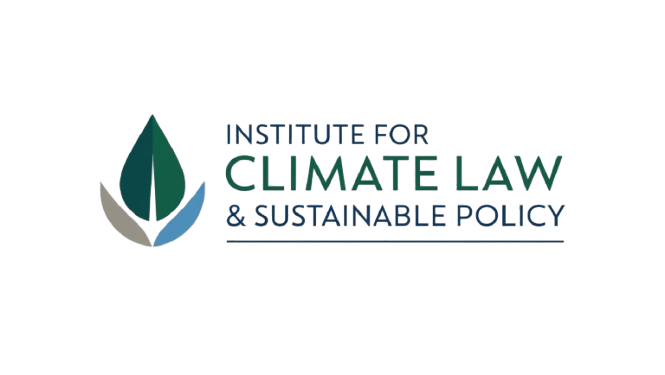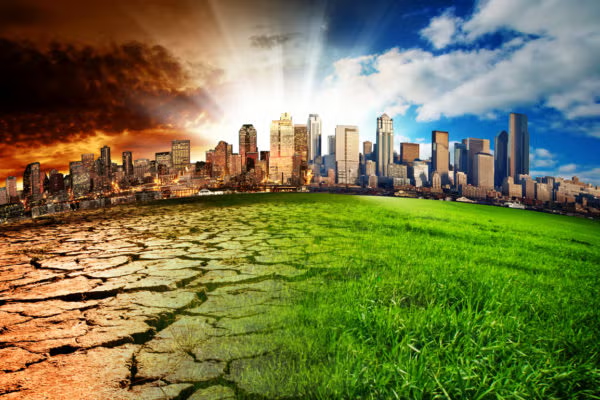Climate change is a global phenomenon that has become a concern for the world community. According to the Great Dictionary of Indonesian Language (KBBI), climate change refers to a striking weather transition that occurs between two specific periods of a climate region. Climate change is not only a natural phenomenon, but it is also affected by human activities.
Climate change is a long-term change in temperature and weather patterns. These changes occur naturally, such as through variations in the solar cycle. However, since the 1800s, human activities have been the main cause of climate change. Especially due to the burning of fossil fuels such as coal, oil, and gas. The burning of fossil fuels produces greenhouse gas emissions that work like a blanket wrapped around the Earth, generating solar heat and raising temperatures.
Climate and weather differences are one of the topics that are often discussed in meteorology and climatology. The difference between weather and climate lies in the duration, region, measurements, and components observed. Weather is a temporary and specific air condition, whereas climate is a weather pattern that lasts over a long period of time and covers a wider area.
Causes of Climate Change
Greenhouse Gas Emissions:
This is due to the burning of fossil fuels like coal, oil, and natural gas for energy, transport, and industry. These gases, of which carbon dioxide, methane, and nitrous oxide are examples, retain as much heat from the atmosphere, thereby raising the temperature, otherwise referred to as the greenhouse effect.
Deforestation:
With the reduction in trees comes the loss of the natural carbon sink of CO2 from the atmosphere. Deforestation, mainly in the tropics, is one of the main reasons for the increase in CO2 atmospheric concentration.
Agriculture:
Agricultural practices, including livestock rearing, produce a large amount of methane and nitrous oxide, both highly efficient GHGs. Other contributors are fertilizers and rice paddies.
Industrial Processes:
Some industrial processes, like cement production and the manufacture of chemicals, are linked to a high number of GHG emissions that significantly contribute to global warming.
Effects of Global Warming
Rising Temperature:
The temperatures of the world have risen considerably in the last century, and the last decade was the hottest ever. This rise in temperature is causing frequent heatwaves.
Ice Melting and Sea-Level Rise:
The warming climate causes the melting of polar ice caps and glaciers, raising the level of the sea. This threatens the communities who live at low altitudes near the sea and affects, in general, many ecosystems.
Extreme Weather Events:
The increase in climate change is directly proportional to the occurrence of extreme weather events such as hurricanes, drought, floods, and wildfires.
Impact on Ecosystems:
Many species are unable to keep up with change occurring in their environment, leading to changes in biodiversity, migration, or extinction.
Impact on Human Health:
Climate change poses a threat to human health in several ways: increasing heat-related illness, increasing possibility of infectious disease, and impacts of extreme weather on food and water security.
What Can Be Done?
Reducing Emissions:
Renewable energy sources, such as solar, wind, and hydropower, are some of the fundamental steps to reducing GHG emissions. Other important ways by which this can be done include increasing energy efficiency, using sustainable modes of transport, and practicing sustainable agriculture.
Carbon Sequestration:
Enhancing the potential of natural carbon sinks through reforestation, afforestation, and adopting soil management practices could remove CO2 from the atmosphere.
Climate Adaptation:
Hence, resilient infrastructure, early warning systems, and sustainable land-use planning shall be the ways in which communities will have to adjust to these extreme weather events.
Policy and Advocacy: Action on global warming requires that governments, businesses, and other stakeholders raise their voices on matters relating to policies addressing climate change. This reaches into international agreements, specifically the Paris Agreement, which aims to keep global warming well below 2°C pre-industrial levels.
Conclusion
It is a complex, pressing global issue that calls for immediate action. Understanding the causes, impacts, and solutions forms an initial foothold towards building a sustainable future for one and all. By cutting down on emissions, enhancing resilience, and advocacy in climate action, the worst forms of climate change can be averted, saving the planet for future generations.


